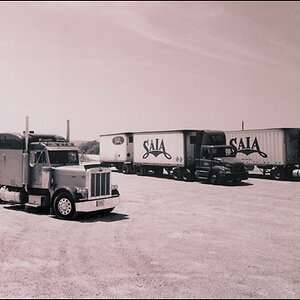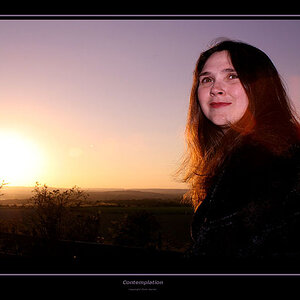okwori12
TPF Noob!
- Joined
- May 13, 2017
- Messages
- 65
- Reaction score
- 27
- Location
- Nigeria
- Website
- www.facebook.com
- Can others edit my Photos
- Photos NOT OK to edit
Am trying to take a photo of a vehicle on a highway but is a kind of blur. I've tried several adjustment of aperture and shutters speed. Please can someone help me out..




![[No title]](/data/xfmg/thumbnail/42/42275-2ca41f93a172e2e510afb46912a2bb61.jpg?1619740084)
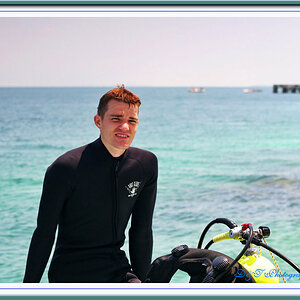
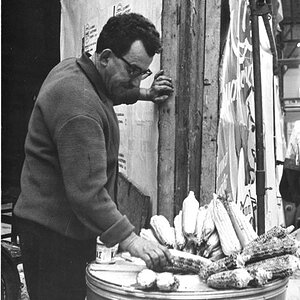


![[No title]](/data/xfmg/thumbnail/42/42276-99df5da06c3e5dc83ae4bab11e935910.jpg?1619740085)
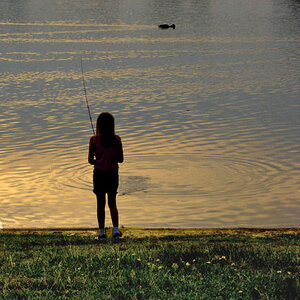
![[No title]](/data/xfmg/thumbnail/41/41923-ddfdc5596c5073ae69761e32124481cf.jpg?1619739945)

![[No title]](/data/xfmg/thumbnail/42/42277-63576745f84be96df79b94ca0f49e00b.jpg?1619740085)
